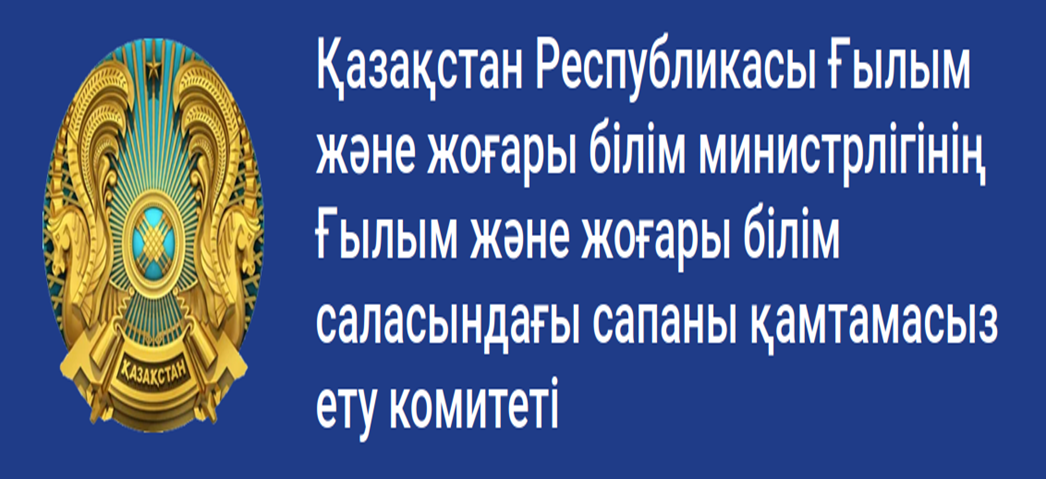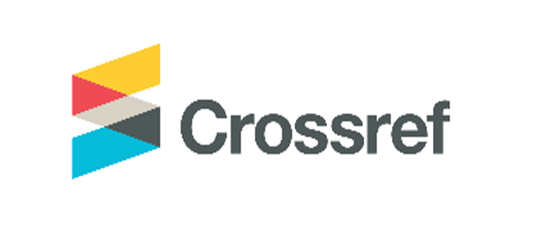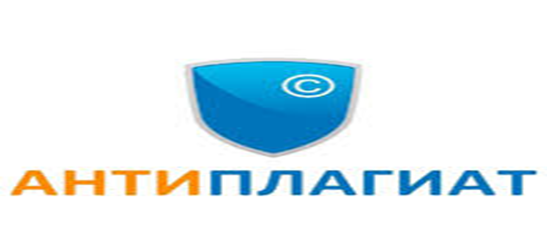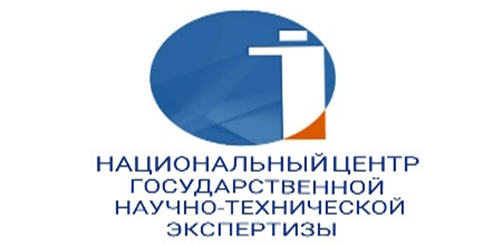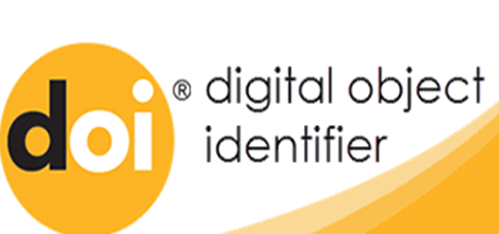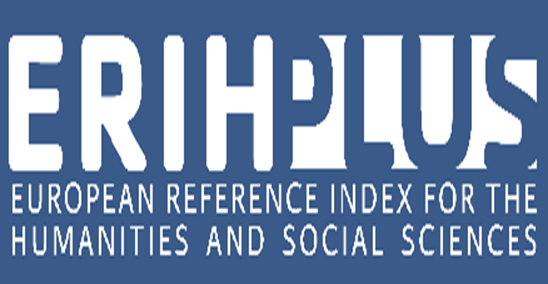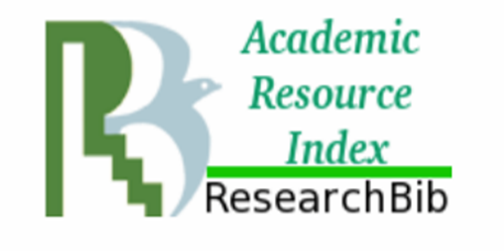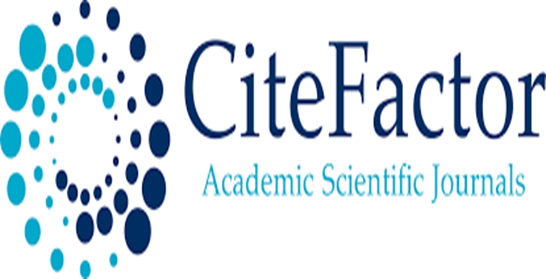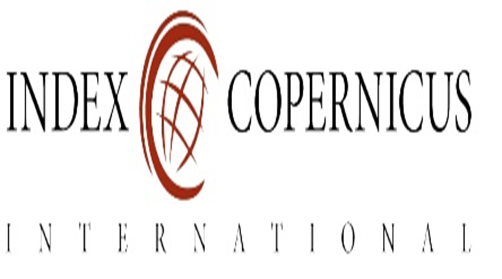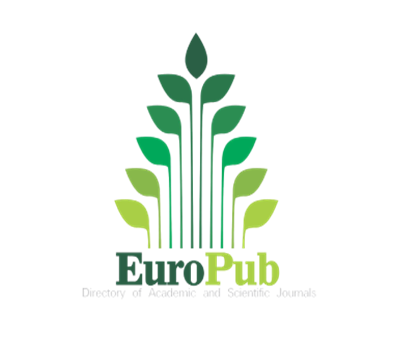«Змея –целительница» в мифоритуальной традиции башкир
Просмотры: 223 / Загрузок PDF: 406
DOI:
https://doi.org/10.32523/2664-5157-2022-1-25-33Ключевые слова:
башкиры, культ, змея-целительница, змея-покровительница, обряды, обычаи, религиозно-мифологические воззренияАннотация
В устной традиции и бытовой обрядности башкир змея как
первопредок и покровительница выступает в роли целительницы людей. В
башкирском фольклоре благодетельные змеи воскрешают разрубленных
на части героев, восстанавливают им зрение и дают советы, как оживить
человека. Башкиры верили, что дома, дворы, где живут змеи, болезни
обходят стороной. В мистических взглядах и магической практике
башкир лечебные свойства приписывались и отдельным частям змеиного
тела. Так, башкиры при появлении нарывов под ногтями к больному
месту прикладывали змеиный выползок. Змеиную шкуру использовали
и при заболевании глаз, а также в качестве влажной припарки при
болях в суставах и опухолях. Тушеное мясо черной змеи употребляли
при порче зрения. В башкирском фольклоре зарегистрированы сюжеты
применения для лечебных целей золу сожженной змеи. К помощи змеи
прибегали не только при заболевании людей, но и при хвори домашнего
скота. Змея, обладая даром врачевания недугов, одновременно может
наделить этими способностями и людей. По предрассудкам башкир,
целительными признавались и руки человека, нашедшего змеиный
выползок. Аналогичные представления о «змее-целительнице» имеются
в религиозно-мифологических воззрениях самых различных народов
мира. Роль змеи-целительницы и представления о ней в фольклоре
башкир, татар и других тюркских народов рассматривается в данной
статье.






